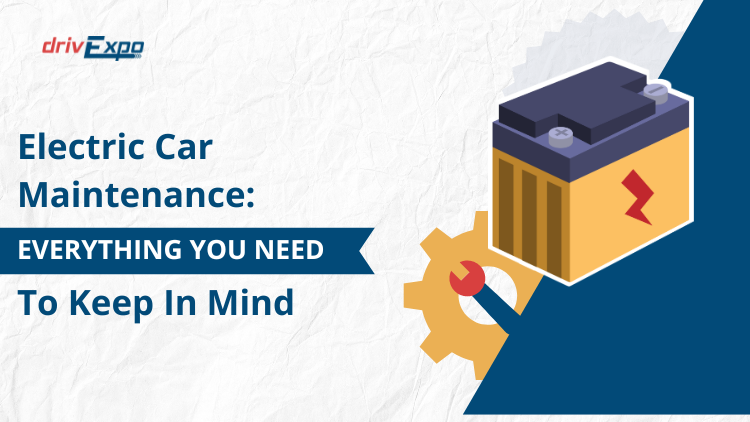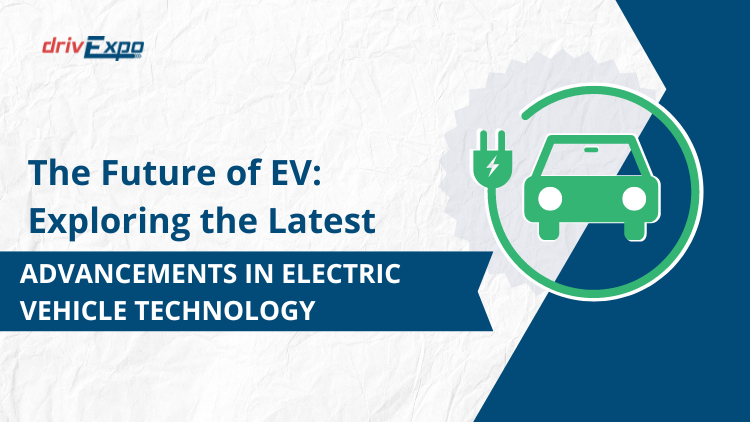Fuel prices in India have been on a steady rise over the years, impacting daily commutes, transportation costs, and household budgets. With petrol and diesel prices crossing ₹100 per liter in many parts of the country, Indian consumers are seeking alternative solutions. This has significantly boosted the interest in electric vehicles (EVs) as they offer a cost-effective and sustainable alternative. Let’s explore how the rising fuel prices are influencing India’s shift toward EVs and what this means for the future.
Why Are Fuel Prices Rising in India?
India is heavily dependent on crude oil imports, making its economy vulnerable to global price fluctuations. Several factors contribute to increasing fuel prices:
- Global crude oil price hikes due to geopolitical tensions.
- High taxes imposed by central and state governments.
- Limited local oil production capacity.
These persistent price hikes have put a strain on middle-class families and businesses, forcing them to reconsider their transportation choices.
For a broader understanding of India’s automobile market dynamics, explore the evolution of the Indian automobile market.
How Rising Fuel Prices Impact Consumers
High fuel prices affect every aspect of life in India:
- Daily Commuting Costs: Workers and students are spending more on travel, especially in urban areas.
- Increased Transportation Costs: Higher fuel expenses lead to inflated prices for essential goods and services.
- Budget Reallocations: Families often cut down on leisure or other expenses to accommodate rising fuel costs.
As petrol and diesel become less affordable, EVs are emerging as an economical solution.
Why EVs Are the Perfect Solution
Electric vehicles have gained immense popularity due to their potential to save money and reduce dependency on conventional fuels. Here’s why they are a great alternative:
- Lower Operating Costs: EVs cost just a fraction of what petrol or diesel vehicles require to run. Charging an EV is significantly cheaper than refueling.
- Low Maintenance: Unlike internal combustion engine (ICE) vehicles, EVs have fewer moving parts, reducing maintenance costs.
- Government Incentives: Under the FAME II scheme, buyers can avail of subsidies and tax benefits, making EVs more affordable.
For a detailed guide on whether it’s the perfect time to buy an EV in India, visit this link.
Best EV Options in India
India’s EV market offers a variety of models catering to different budgets. Here are some popular choices:
Affordable EVs
- Tata Tiago EV: Starting under ₹10 lakh, this is an excellent city commuter. Check out 10 best cars under ₹10 lakh.
- MG Comet EV: Compact yet efficient, ideal for urban use.
Mid-Range EVs
- Tata Nexon EV Facelift: With a range of 465 km, this is India’s most popular electric SUV. Learn more about best cars under ₹20 lakh.
- Mahindra XUV400: Offers robust performance and style for mid-budget buyers.
Premium EVs
- Hyundai Ioniq 5: A luxury EV offering over 600 km of range, perfect for long drives. Check out the longest-range electric cars.
- BYD Atto 3: Packed with advanced features and a stylish design, it’s a great family car.
For an exhaustive list of options, explore best electric cars in India for 2025.
Cost Comparisons: EVs vs. Petrol/Diesel Vehicles
Running Costs
- Petrol/Diesel Vehicles: Average running cost of ₹6-8 per km.
- EVs: Average running cost of ₹1-1.5 per km.
Maintenance
- EVs have fewer components like engines, radiators, and gearboxes, resulting in 20-40% lower maintenance costs.
Lifetime Savings
Over 5 years, EV owners can save ₹1-3 lakh compared to petrol/diesel car owners.
Challenges in EV Adoption
Despite their advantages, EVs face a few challenges in India:
- Limited Charging Infrastructure: While expanding, charging stations are still not widespread.
- High Initial Cost: EVs are still pricier upfront compared to ICE vehicles.
- Range Anxiety: Concerns over running out of charge on long journeys remain a barrier.
Governments and automakers are addressing these issues with initiatives to improve infrastructure and battery technology. Learn more about the future of electric cars.
Maintaining Your EV for Maximum Efficiency
Proper maintenance can help you maximize your EV’s range and performance:
- Keep your tires inflated with tools like digital tyre inflators.
- Use a portable tyre inflator for convenience during long drives.
- Regularly service the battery as per the manufacturer’s recommendations.
For a detailed guide, refer to this electric car maintenance guide.
What Does the Future Hold?
As fuel prices continue to rise, India’s transition toward EVs will accelerate. Automakers like Tata, Hyundai, and Mahindra are investing heavily in EV technology, ensuring more affordable and efficient models. Nissan’s critical year highlights how global brands are adapting to this shift.
Governments are also playing a significant role by setting ambitious EV adoption targets and encouraging the use of renewable energy.
Conclusion
Rising fuel prices are driving Indian consumers toward EVs, making them a practical and sustainable choice. With government support, innovative technology, and a growing variety of options, now is the time to consider making the switch. From affordable models like Tata Tiago EV to premium options like Hyundai Ioniq 5, there’s an EV for every budget.
For expert advice on choosing the right EV, visit Drivexpo and explore the exciting possibilities of electric mobility!

